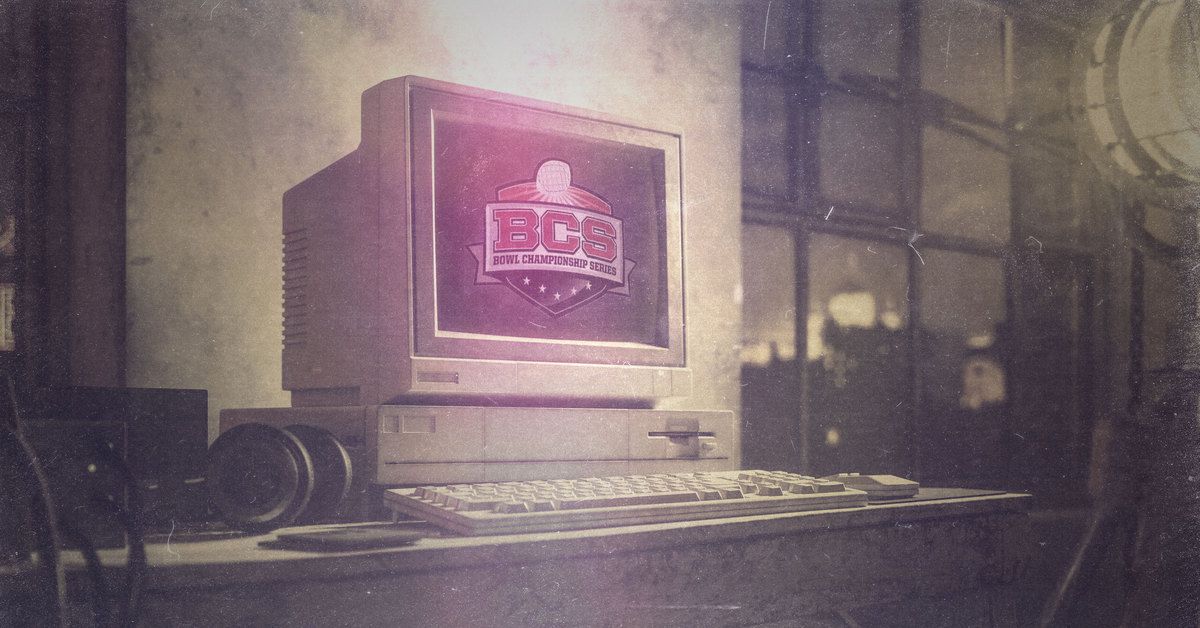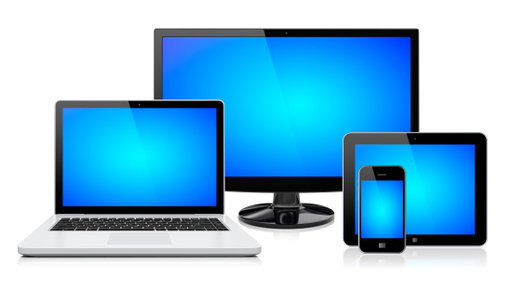Tag: computers
-

‘Toggle Switch’ Could Help Quantum Computers Become More Versatile
Andrew Corselli This photo shows the central working region of the device. In the lower section, the three large rectangles (light blue) represent the two quantum bits, or qubits, at right and left and the resonator in the center. In the upper, magnified section, driving microwaves through the antenna (large dark-blue rectangle at bottom) induces…
-

Neurotech could join our brains to personal computers. What could go improper, proper? : NPR
We are approaching the courageous new earth of neurotech. Yuichiro Chino/Getty Photographs cover caption toggle caption Yuichiro Chino/Getty Pictures We are approaching the brave new globe of neurotech. Yuichiro Chino/Getty Visuals Connecting our brains to pcs could seem like one thing from a science fiction movie, but it turns out the long term is previously…
-

You Lost Your Wi-Fi Password, but It’s OK. Your Computer’s Got Your Back
You almost never think of your Wi-Fi password after setting up your devices. A friend comes over, asks you for the network password and you stumble to remember — what was it again? Is it this number on the back of my router? Even if you don’t have the password saved anywhere and you haven’t memorized…
-

MIT Develops New Programming Language for High-Functionality Personal computers
With a tensor language prototype, “speed and correctness do not have to contend … they can go alongside one another, hand-in-hand.” High-functionality computing is required for an at any time-rising variety of duties — these kinds of as graphic processing or several deep studying purposes on neural nets — the place a person ought to…
-

The Computers Were Never the Problem With the BCS Era
In 2014, ESPN aired one of the first commercials for the new College Football Playoff. In it, actors playing fans for dozens of teams across the country explain why the sport’s move from the BCS to a new championship system is such a welcome development. At one point, fans of schools such as Boise State,…
-

Data Doctors: Are extended warranties on computers worth it?
Practically anyone selling you a computer will likely try to get you to pay a little extra for a “protection plan” that goes above and beyond the standard factory warranty. Should you go for it? Q: Are computer extended warranties worth buying? A: No matter what tech device you buy, practically any retailer will likely try…